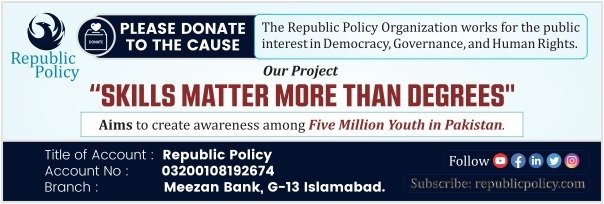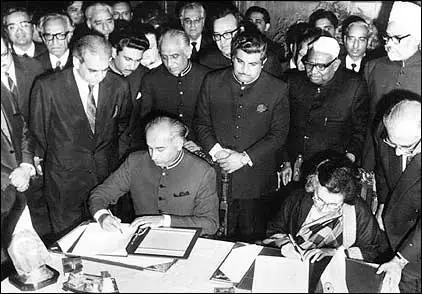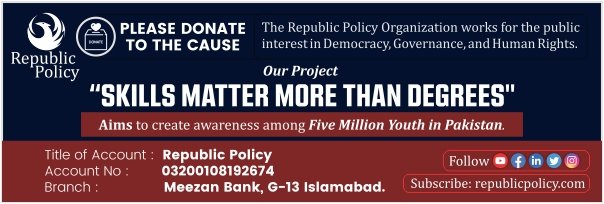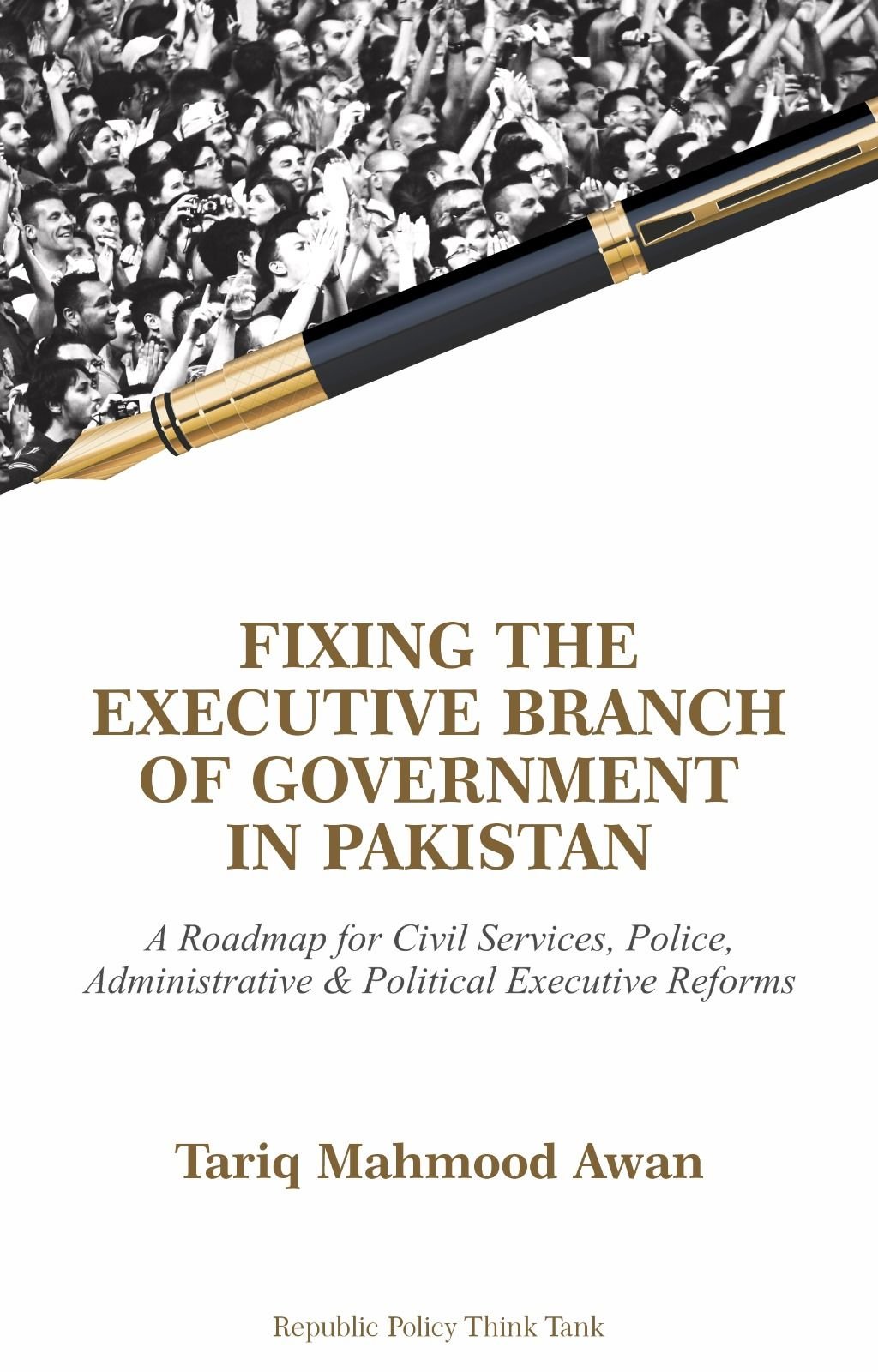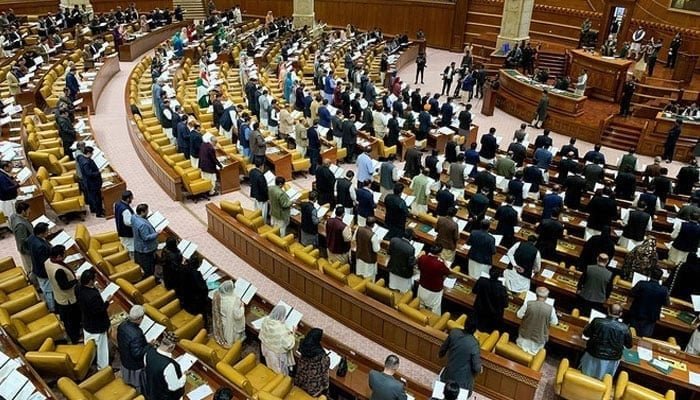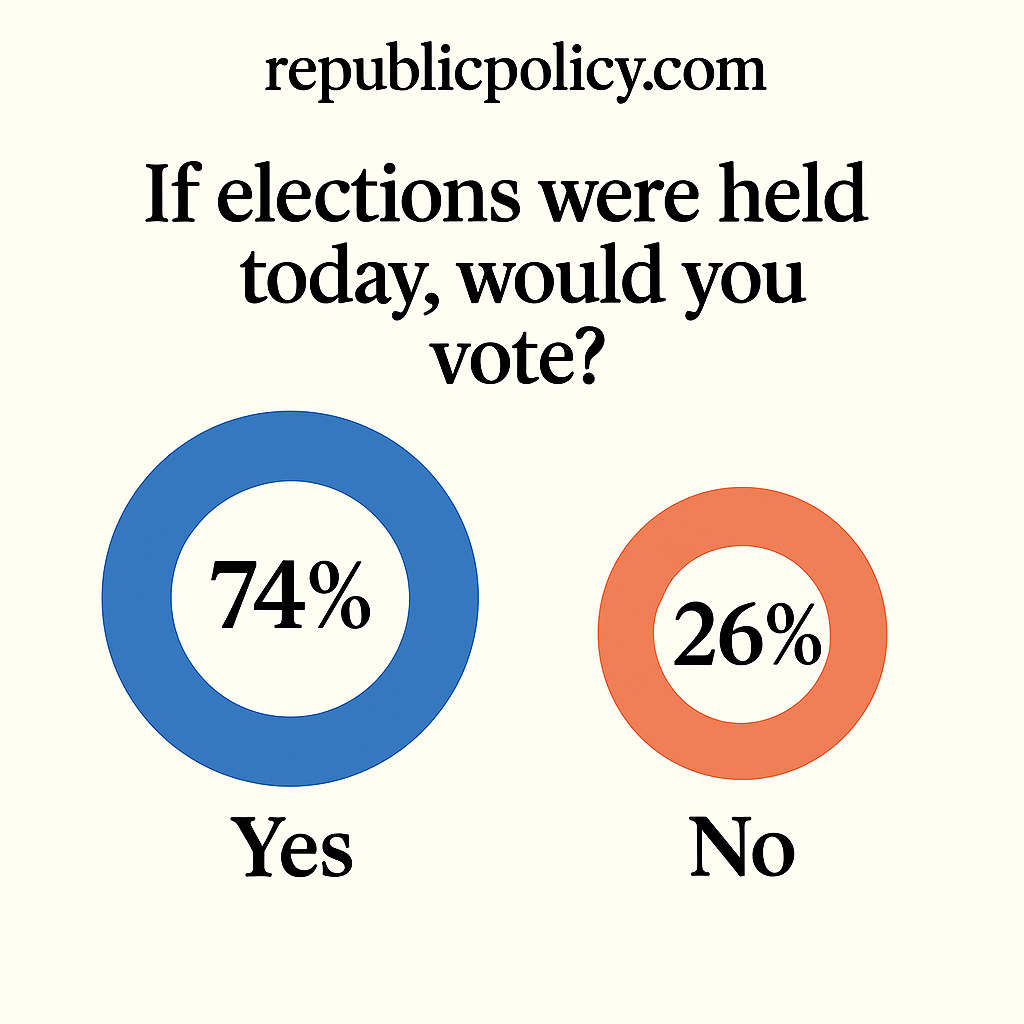Huma Haris
In his parting words to the Pentagon in December 2006, Donald Rumsfeld issued a cautionary note that “weakness is provocative.” This perspective seems to be at the core of many nations’ foreign policies and sheds light on the Simla Agreement. Pakistan entered into this agreement shortly after suffering a defeat in a war that resulted in its disintegration, ceding territory that has only weakened its claims since then. Although the agreement itself consists of only six clauses, it has sparked extensive scholarly discourse, both in support and in critique. In light of India’s revocation of Jammu and Kashmir’s special status in August 2019, Pakistan faces the question of whether the Simla Agreement should be resuscitated or if it is worth withdrawing from altogether.
The Agreement mandates that India and Pakistan must resolve their differences through peaceful means via bilateral negotiations, prohibiting any unilateral alteration of the situation by either party.
Regarding the Kashmir issue, the agreement stipulates that “the fundamental issues and causes of conflict that have plagued the relations between the two countries for the past 25 years shall be resolved through peaceful means,” and it binds both parties to discuss the specifics and arrangements for sustainable peace and the normalization of relations, including a final settlement of Jammu and Kashmir. Pakistan maintains its willingness to engage in dialogue with India but also seeks international intervention to ensure the implementation of Security Council Resolutions. Its longstanding position is that Jammu and Kashmir should be demilitarized, and a supervised plebiscite should be held. On the other hand, India argues that the Simla Agreement excludes international involvement in the matter (despite being the party that initially brought the issue to the UN) and denies Pakistan the standing to intervene in Kashmir. India further contends that local elections in Kashmir (conducted under the watchful eye of its large military presence, and often marred by violence, boycotts, and allegations of rigging) are equivalent to a plebiscite.
The Simla Agreement stands as a testament to the aspirations for peace and resolution between India and Pakistan. However, its interpretation and implementation have been subjects of ongoing contention and debate. While Pakistan emphasizes the need for international intervention and a plebiscite, India asserts that the agreement precludes such involvement and advocates for its own approach in Kashmir. The core issues surrounding Kashmir remain unresolved, and the respective positions of both countries continue to diverge. As the years pass, the question of whether the Simla Agreement can be revitalized or if it no longer serves its purpose looms large. The ultimate goal should be to find a mutually agreeable path forward, one that ensures lasting peace, stability, and justice for the people of Jammu and Kashmir.
Pakistan’s primary complaint centers around India’s unilateral alteration of the situation by revoking Article 370 and dividing the region into two separate states, a clear violation of the Simla Agreement.
However, the international community’s stance on the matter has been disconcertingly favorable towards India, largely driven by a desire to maintain a delicate balance with this influential regional power. During a closed-door session called by China at the Security Council, Russia and France invoked the Simla Agreement while vetoing a resolution put forward. The UN Secretary-General also referenced the agreement, urging maximum restraint between the parties in the wake of the heightened tensions in August 2019.
India’s emphasis on bilateralism disguises its confrontational approach as cooperation. In reality, it is a strategic move to exclude external intervention in a situation that India has no intention of resolving. Relying on the Simla Agreement is a convenient excuse that overlooks the fact that, while the pact mentions meetings between “Heads” to address disputes, such meetings have been few and far between. Talks have either come to a standstill or stalled, with no genuine efforts made to find a resolution. In fact, the Agreement has entrenched the issue further, creating an enduring deadlock where one side is unable to discuss Kashmir while the other refuses to engage and proceeds with territorial annexation.

Click here to read the July issue of Republic Policy Magazine.
It is evident that the Simla Agreement, far from being a catalyst for progress, has become an obstacle to the resolution of the Kashmir dispute. The failure of meaningful dialogue and the perpetuation of the status quo have exacerbated tensions between India and Pakistan. Both countries must transcend the limitations of the agreement and adopt a more proactive and comprehensive approach to address the root causes of the conflict. By reevaluating the role of international actors, emphasizing open and inclusive dialogue, and exploring creative solutions, a pathway to sustainable peace can be forged.
The Simla Agreement should not be regarded as an infallible shield for inaction or as an excuse for the perpetuation of the status quo. Its limitations and shortcomings must be acknowledged, and alternative avenues for dispute resolution should be explored. The time has come for both India and Pakistan to engage in genuine and meaningful dialogue, unencumbered by the constraints of past agreements. By doing so, they can pave the way for a peaceful and prosperous future for the people of Jammu and Kashmir, ensuring their rights, aspirations, and well-being are at the heart of any resolution. It is only through a sincere commitment to dialogue, mutual understanding, and a genuine desire for peace that a lasting solution to the Kashmir conflict can be achieved.
Subscribe our website for latest updates:
https://republicpolicy.com/shop/
Read More


